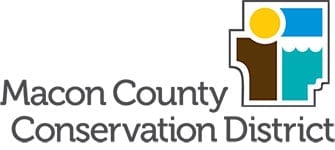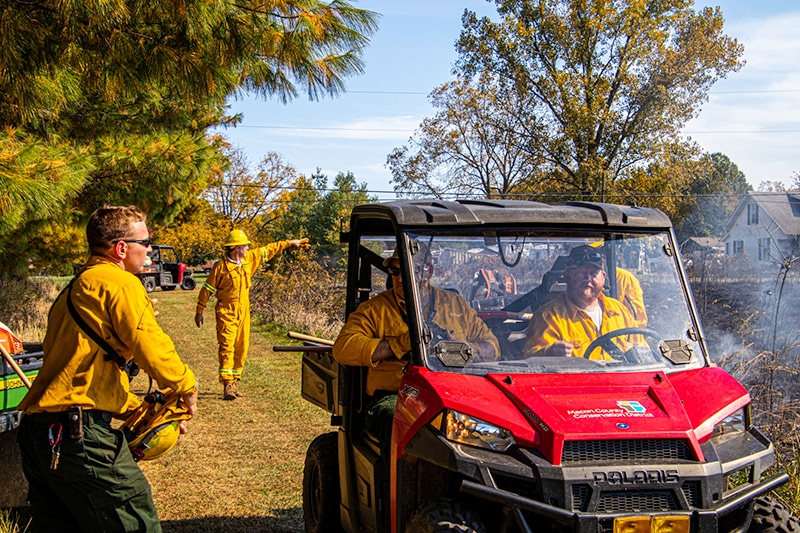
Prescribed Fire
When settlers established farms and villages, they snuffed out the natural process of fire. Since 1978, the Macon County Conservation District has used prescribed burns to restore and maintain conservation areas.
Fire consumes dead and decaying vegetation and controls invasive species of trees, shrubs and other plants. This reduces competition, allowing native plants proper access to water, nutrients and sunlight. Fire helps release nutrients in dead vegetation, returning it to the soil, and the blackened soil stimulates seed germination and plant growth in early spring.
Healthy natural areas help keep our environment and way of life stable. They preserve air and water quality, reduce soil runoff, and provide habitat for wildlife. Yet, today’s natural areas are subject to relentless pressures from development and competition from non-native species.
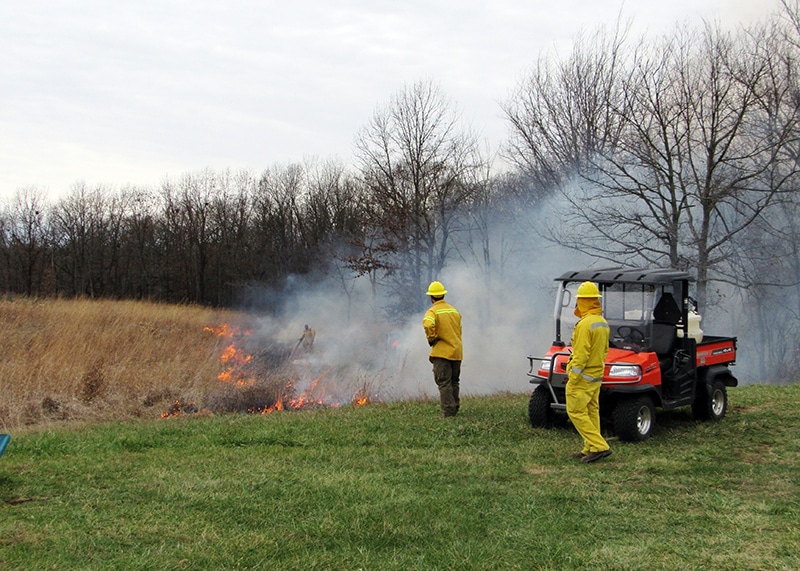
To restore the processes to which central Illinois habitats have adapted, and to ensure these places are left for future generations, staff at the Macon County Conservation District use restoration and management practices such as prescribed burning, planting native species, removing non-native invaders, and wetland re-creation.
Prairie burns may be conducted in the spring to set back encroachment of woody plants and to invigorate native grasses adapted to periodic fire. Prairie burns are carried out in the fall to curb thick stands of grass and stimulate the germination of wildflowers—which typically begin to grow much earlier than prairie grasses.
Periodic woodland burns stimulate wildflowers by reducing the amount of organic debris on the ground, allowing more sunlight to reach young seedlings. These burns also thwart tree species like sugar maple, which can prevent oak seedlings from flourishing.
Invasion by non-native species is one of the biggest challenges that natural areas managers face. Invasive species often originate from other continents. Some were introduced for erosion control or wildlife cover due to their quick development and vigor.
Because of these qualities, some non-native species become invasive, growing well outside the areas where they were intended and outcompeting native species for space, sunlight, and nutrients.
Habitat managers combat invasive species with prescribed burning, mowing or cutting, herbicide application, and planting native plants. Homeowners can help by using native species in their yards and gardens, instead of exotic plants.
Our natural resources staff welcomes volunteers who would like to help with restoration efforts. Volunteering to help restore a natural area is a great activity for families, groups, or individuals who wish to benefit their community. Prescribed burns are held November through April at Sand Creek, Rock Springs, Fort Daniel and Friends Creek Conservation Areas. District staff plan these burns with great care. Safety is our highest priority. We choose locations, dates, and times based on several weather condition factors. A key goal is keeping smoke from blowing towards homes and roadways.
If you have questions or concerns, please contact us: [email protected] or 217-423-7708.
